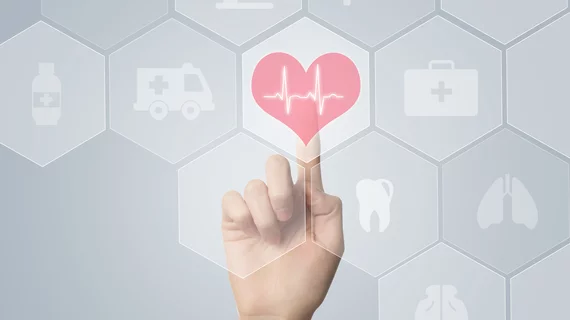Photoplethysmography—a noninvasive imaging technique that allows clinicians to measure a patient’s pulse wave velocity as blood moves away from their heart—has for the first time linked alterations in the carotid system to changes in physical movement, according to research out of ITMO University in Saint Petersburg, Russia.
The study, led by Alexei Kamshilin and published in Scientific Reports, applied imaging photoplethysmography to a group of 73 healthy subjects. Kamshilin said the work was triggered by an unusual finding in one of his team’s patients.
“It all started when we examined migraine patients,” Kamshilin said in a release. “When observing one of our volunteers, we suddenly noticed that the way he moved affected the results of the observations. We decided to check if other people had the same effect, and the answer was ‘yes.’”
That relationship continued, according to the study—while conducting the trial, the researchers found hydrostatic pressure difference affected not only pulse wave velocity, but also the response of the body to position changes. It was apparent early on that different patients had different responses to body position changes, Kamshilin said, meaning the photoplethysmography method of measuring pulse wave velocity could provide unique information on the regulation of a patient’s peripheral blood flow.
Kamshilin said he anticipates the research will help other scientists understand the interaction between light and the circulatory system, and how clinicians can benefit from that interaction. Possible applications of the technology are endless, including using photoplethysmography to investigate cerebral blood flow response to a host of stimuli in health and disease.
“Demonstrated feasibility of pulse wave velocity measurements in the pool of carotid arteries provides considerable advantages over other technologies,” Kamshilin and his co-authors wrote in Scientific Reports. “Moreover, possibilities of the method to estimate physiological regulation of the peripheral blood flow have been demonstrated. The proposed concept allows development of noninvasive medical equipment capable of solving a wide range of scientific and practical problems related to vascular physiology.”

